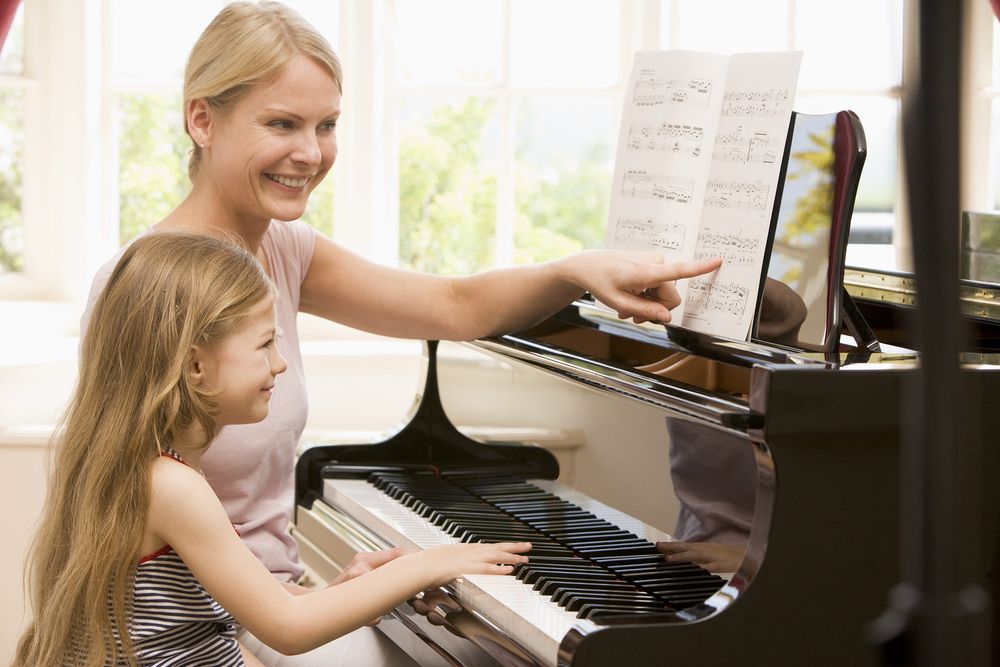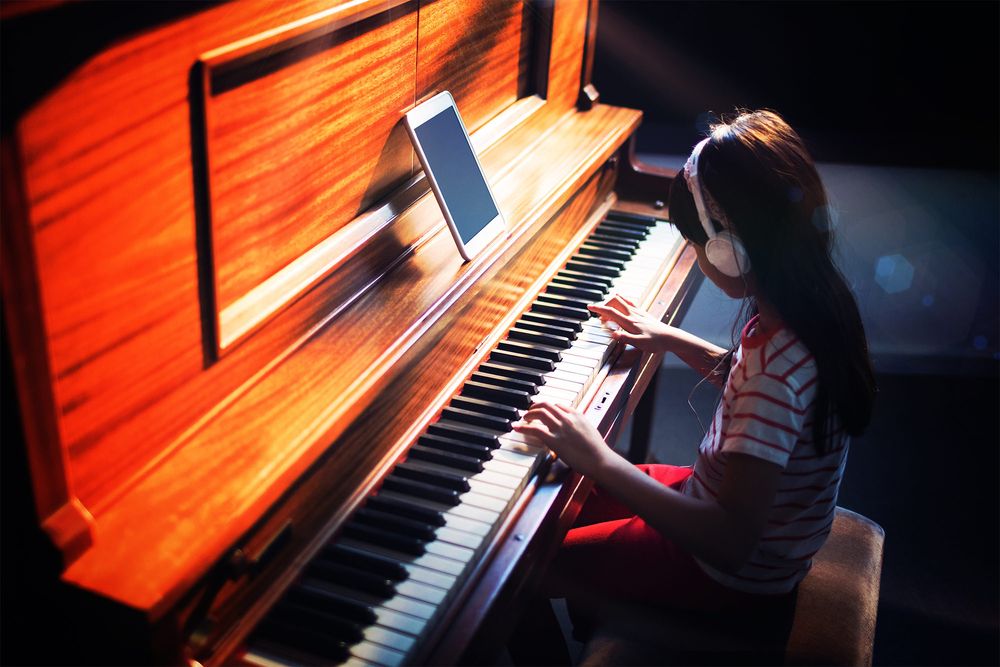2. Beginner Pianos
The piano is the instrument that composers and arrangers usually write at, as it encompasses harmony, melody and rhythm, unlike string, woodwind or brass instruments. It enables you to learn general musicianship skills that are applicable to all kinds of music, and in higher education is often required as a second instrument. Also, music available for the piano covers a wide repertoire from classical and jazz through to today's pop music that makes it appeal to people of all ages. There are two main types of piano, the traditional acoustic piano and the digital piano, and both have their pros and cons:

The acoustic piano has a mechanical action where pressing the key in turn moves a hammer which hits the strings to produce the sound. It's the best instrument for serious piano performance, as training and strengthening the fingers is essential if you want to progress to a higher level at college. When looking to buy a traditional upright piano, bear in mind the size and weight of the instrument and where it will go in your home, especially if you live in a 10th floor flat! Also, acoustic pianos are made of natural materials that are susceptible to changes in temperature and need to be tuned professionally on a regular basis, especially if the instrument is played every day.

If cost and noise are a problem, then a digital piano might be a better bet. Whilst there are now some very cheap models on the market, it's generally true that the more you spend, the better the sound quality and the more realistic the action of the keyboard. The big advantage is that the piano sound is generated digitally, and so the volume can be adjusted to suit, or you can shut out the sound completely by using headphones. Digital pianos also generally come with a range of other instrument sounds such as electric piano, harpsichord, clavinet and organ, along with effects like reverb, chorus and delay, plus they can be used with music software on a computer if they have USB or MIDI sockets. For someone starting out on the piano, a digital solution is a good alternative to a traditional piano, and at the top end of the price range comes close to emulating the real thing.

If you feel a digital piano is too much of a compromise because of the action, then a few acoustic piano manufacturers offer quiet piano systems. These combine a no-compromise mechanical hammer action and strings with built-in digital sound generation. When you want to play quietly using headphones, a lever raises the hammers away from striking the strings, thereby eliminating any acoustic noise. Sensors detect the hammer movement, and the digital sound allows you to carry on playing. The main disadvantage of this option is that the technology is fairly expensive as it combines the best of both worlds.




